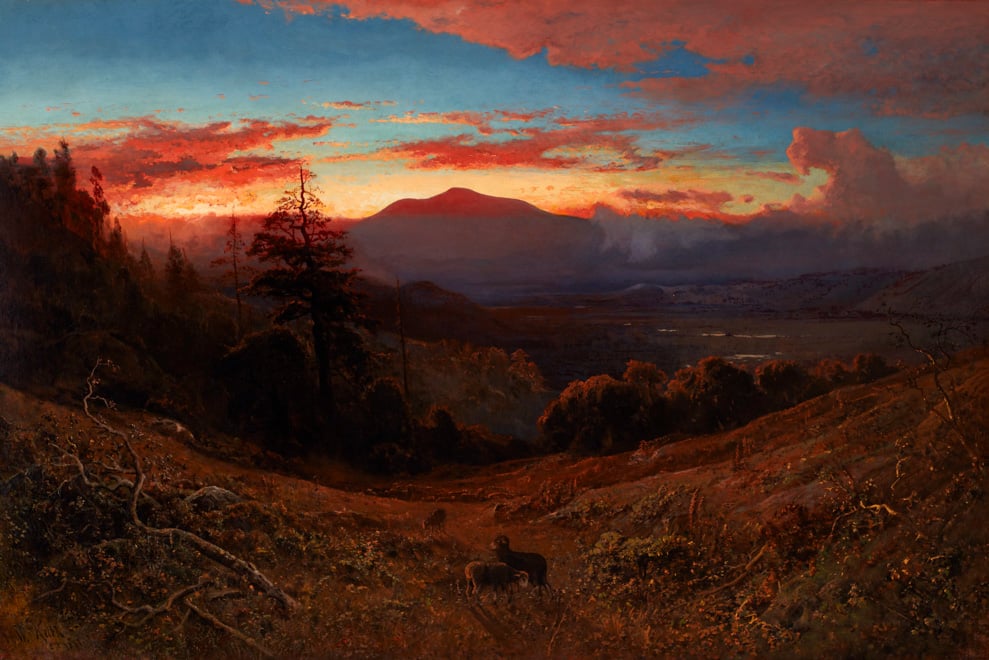Currently on view at the Cantor Arts Center, “Artists at Work” pays homage to the McMurtry Building for Art and Art History, blending lessons of art history with those of contemporary art practice. Featuring the works of American and European artists such as Édouard Manet, J. M. W. Turner and Thomas Hart Benton, the exhibition explores how artists draw inspiration from the world around them and how historical context shapes the way artwork is perceived. By tracing the practices of different artists across time, we can better understand the historical narratives surrounding their works.
The exhibit centers on three thematic ideas: process, place and inspiration.
“Artists at Work” begins with a series of engravings and etchings dating back to the 1600s, which depict artists in the studio studying from live models. It is interesting to note the parallels between contemporary art practice and that of antiquity.
The artist’s hand traditionally symbolizes artistic skill, best demonstrated by a series of gestural works by Richard Serra. In his lithographic prints, Serra dabs seemingly formless blobs of ink and charcoal onto sheets of off-white paper. The looseness of Serra’s strokes calls attention to the unmistakable presence of his hand and his physical involvement with the works.
In stark opposition to Serra, minimalist artist Sol LeWitt sought to combat the traditional infatuation with the artist’s hand. Indeed, Lewitt’s works, such as the aptly-named “Lines in Four Directions,” consist purely of mechanical, geometric shapes that appear printed rather than hand-drawn. The interplay between Serra and LeWitt is evidence of the dialogue that occurs between artists through their artwork.
Landscapes are a natural way for artist to tell stories about and to describe the world. Western landscape paintings, such as William Keith’s “Sunset on Mount Diablo,” employ vivid color schemes and open, expansive compositions to idealize nature. Edouward Manet’s “Civil War” is a hazy charcoal rendering of a wartime environment, notable for its ominous political undertones.
Motion — namely, the human body in motion — has allured and inspired artists for centuries. In particular, the exhibit focuses on the stigma against the female nude and how that stigma has diminished in the past century. Elanor Antin’s “Carving, A Traditional Sculpture” is especially jarring. Antin uses her own body as sculpture, documenting photographically the changes in her body that occur over the course of a 37-day crash diet. In doing so, she places a contemporary and activist spin on a traditional art form.
“Artists at Work” hones in on the social and political ramifications of artmaking. The exhibit focuses on the exchanges that occur between artists and their environments; they learn by watching the world around them and in turn strive to inspire change in the world.
“Artists at Work” is on view at the Cantor Arts Center until Jan. 18, 2016.
Contact Eric Huang at eyhuang ‘at’ stanford.edu.
